-
How do I make sure the batter is evenly coated on the pan?
To make sure that the batter is evenly spread on the pan, you can start by applying a small amount of oil to the pan and then using a spoon to pour the batter into the center of the pan. Next, quickly shake the pan so that the batter is evenly distributed throughout the bottom of the pan. This will ensure that the Injera is of even thickness and cooks a better textured pancake.
-
How do I get the crepes to form small holes in the pan quickly?
To make Injera form small holes in the pan quickly, you can use the back of a spoon or a special Injera-specific tool to tap gently on the surface of the batter after pouring it into the pan, which will help to release air bubbles in the batter and form small holes. It is also important to control the heat, which should not be too high to avoid baking.
-
If I don't have a Mitad (Injera pan), what common cookware can I use instead?
If you don't have a Mitad, consider using a pan or skillet instead. When using a pan, choose one with a large diameter and grease the bottom of the pan with a small amount of oil to spread the batter evenly. For a baking pan, you need to grease the surface of the pan with a small amount of oil, then pour the batter into the pan and spread it evenly with a spatula. Whichever alternative method you use, be careful to control the heat and time to ensure that you cook delicious Injera crepes.
Injera for Kwanzaa Celebration
Injera embodies the rich culinary heritage and communal spirit of Kwanzaa culture. Elevate your Kwanzaa feast with this guide to crafting authentic injera, complementing your celebration with its tangy essence and symbolic significance.
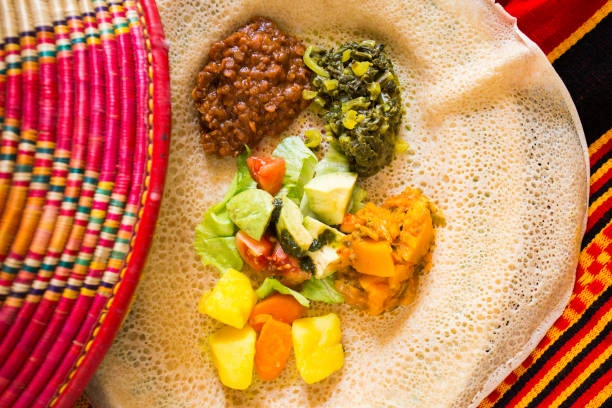

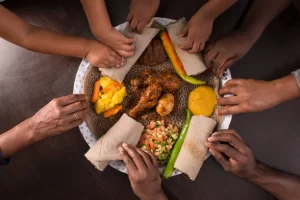
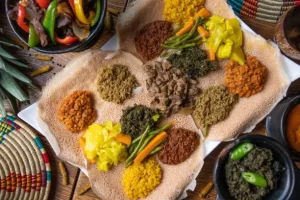
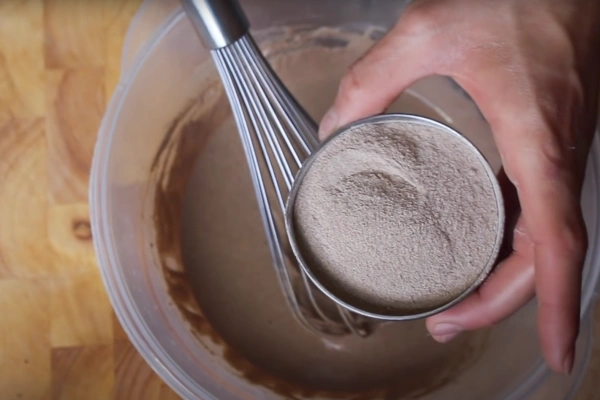
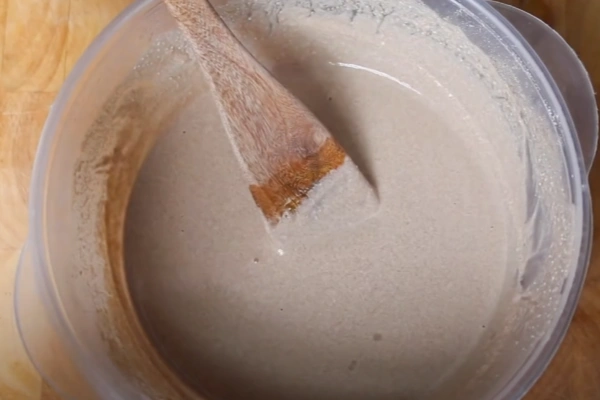
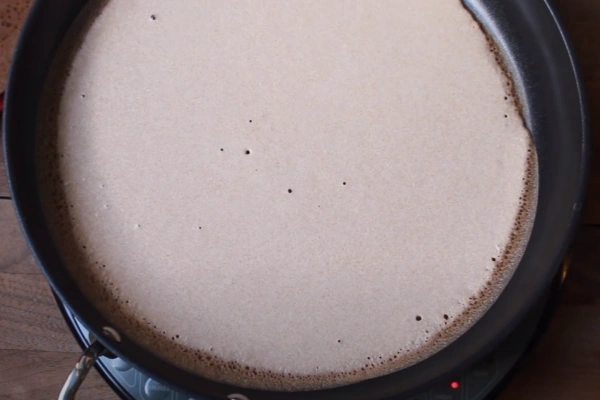
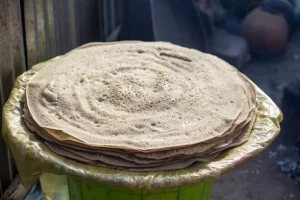
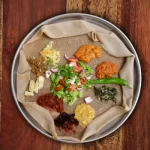
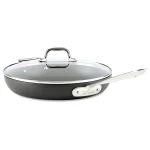
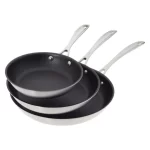
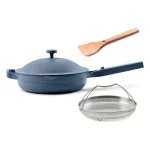
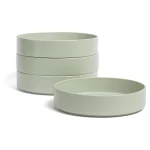
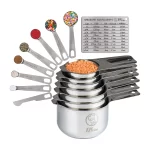
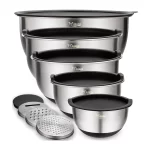

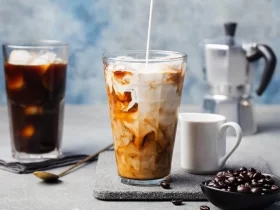
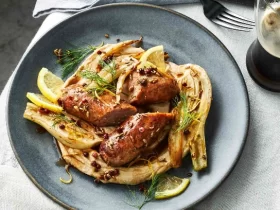
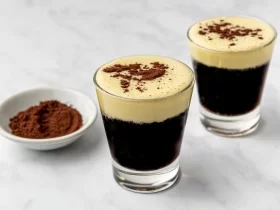
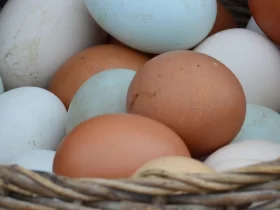
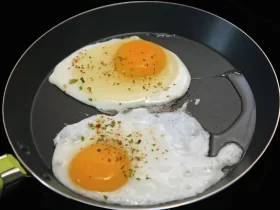
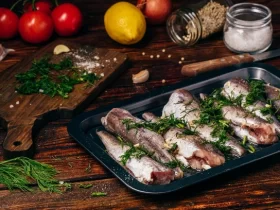
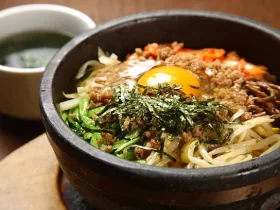
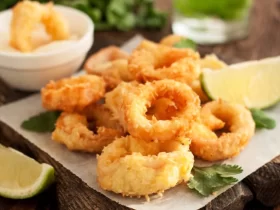
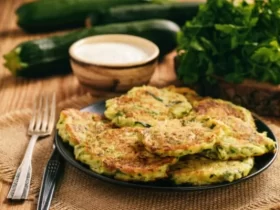
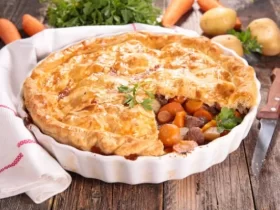

I will try to make some with this recipe and look forward to bringing some African flavours to my family.
I’ve always wanted to learn how to make this dish and now I finally have the chance. Thank you for sharing this delicious recipe!
I’ve always been intrigued by Ethiopian food, and this Injera recipe looks so authentic that I’m definitely going to try it!
This Injera recipe looks interesting, I love trying different foods, especially from other cultures!
The steps in this recipe look clear and I’m sure I can succeed in making a delicious Injera out of it. I am looking forward to sharing this dish with my family at the Kwanzaa celebrations!